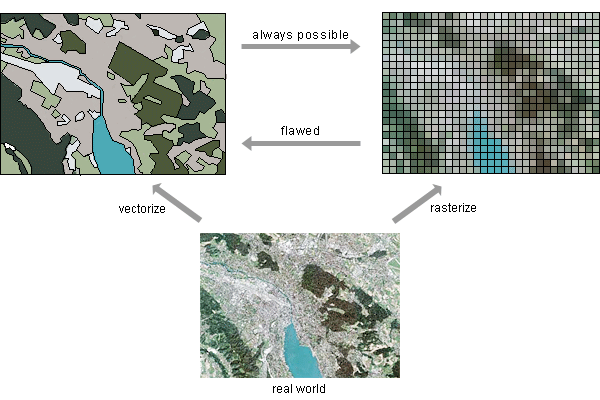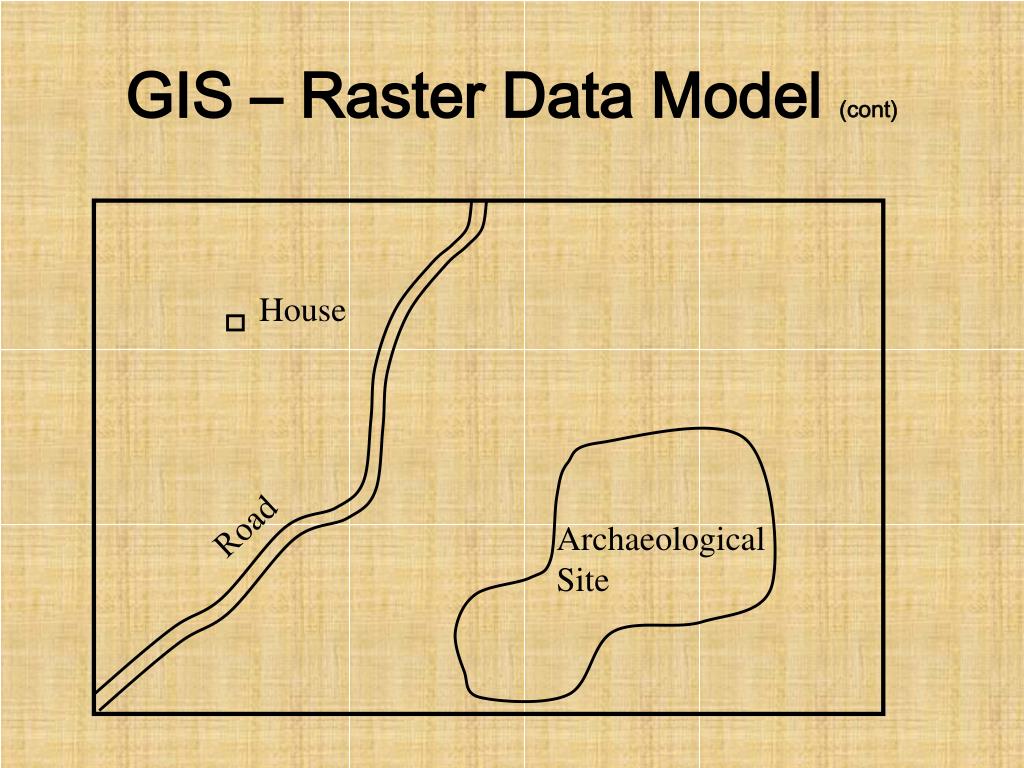
Examples include: elevation, vegetative cover, temperature, and barometric pressure. This data model is suitable for working with themes that consist of continuous values across spaces. For raster data, the most common format is probably GeoTIFF (.tif) or ASCII (.asc).Continuous data is represented in the form of cellular or “gridded point” in a GIS. Shapefiles are by far the most common format for vector data. etc = there are many other optional files that may be present depending on the data stored.prj = stores the coordinate reference system shx = an index file, used for searching etc If you’ve done any GIS before, you’ll be familiar with ESRI shapefiles, which usually include a group of 3 or more files with the same name, but a different file extension. Many of these, like the ESRI formats, are proprietary (i.e. not open source). Each of these have different properties in terms of the data they store, whether they can include attribute data, file size and compression, and of course how they actually store (and retrieve) the data.
#RASTER AND VECTOR DATA MODEL IN GIS SOFTWARE#
There is a huge variety of GIS file formats, which have proliferated as different software packages have developed their own set of “native” formats. Usually, we even have separate files for the different types of vectors (points, lines, polygons, etc), but this is changing as new “database” formats evolve. Generally, there are separate file formats for vector vs raster data. Linked to data models, and attributes, is file formats. For example, you can crop the Cape Peninsula vegetation layer, but the values in the AREA_HCTR (area) and PRMT_MTR (perimeter) columns of the attribute table will not change, even if the polygons in question are now smaller! WARNING! The values in attribute tables are typically static and are not recalculated every time you alter the feature of interest. In GIS, this is called an “Attribute Join”, because you have joined the tables by attribute and haven’t used spatial information (also sometimes called a “non-spatial join”). Additional information can be joined onto your spatial data by joining two tables with a common key field, as one does when joining two tables of non-spatial data. Note that vector data generally have attribute tables, but they are rare for raster layers, because most raster file formats can store just one attribute per cell (e.g. elevation) and can’t have associated attribute tables.Ī handy feature of most GIS systems is that they can treat attribute tables like relational database table structures. Here are the first few entries of the attribute table for our Cape Peninsula vegetation layer: These data are usually stored in an associated Attribute Table. Polygons are usually the best way to represent discrete (categorical) data, especially where they may have complex boundaries.Īttributes are what we know about the objects represented in a layer in addition to their geometry - i.e. each spatial object usually has additional information associated with it. Vector data models are obviously the best way to represent points and lines. Later we’ll see that you get more complicated “types”, but these are generally combinations of the above: multipoint, multilinestring, multipolygon, geometry collection, etc and are largely just different data classes designed to help with handling data than unique geometries. Note that these “data types” are also commonly called feature classes, geometric primitives or geometries.

a line is two or more points with straight lines connecting them, where each line has a length.a point is a location in space defined by a set of coordinates based on a coordinate reference system (more about these later).9 (Old!) Raster GIS operations in R with rasterįigure 4.1: The hierarchical construction of vector data types.įrom this we can observe the different properties of the data types:.8.13 Obtaining satellite data from APIs.8.12 Cloud Optimized GeoTiffs (COGs)!!!.

8.11 Visualizing multiple datasets on one map.8 Raster GIS operations in R with terra.7.8 Converting a dataframe into a spatial object.7.7 Calling iNaturalist locality (point) data from R.7.6 Combine classes and dissolve by attribute.

#RASTER AND VECTOR DATA MODEL IN GIS MANUAL#


 0 kommentar(er)
0 kommentar(er)
